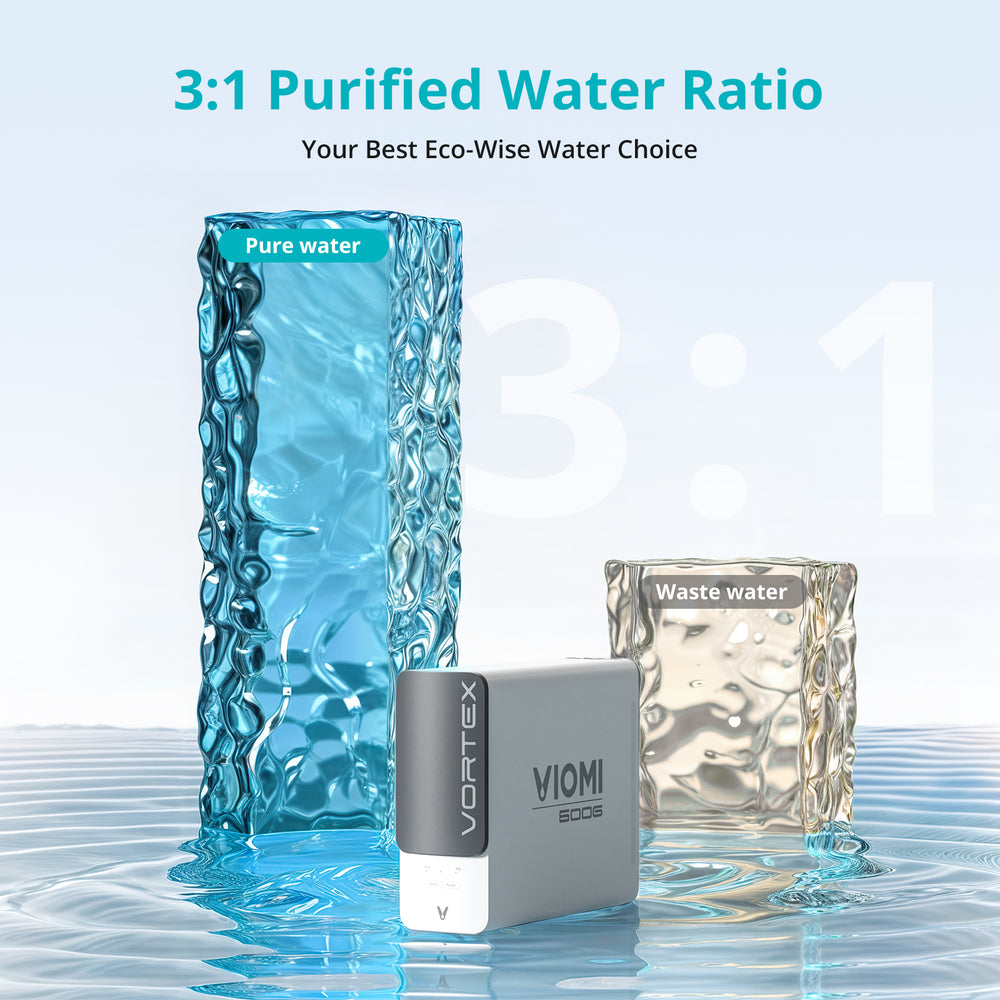Unlock the Secrets to Perfectly Pure Water: Mastering Reverse Osmosis Filtration!
In an age where clean and safe drinking water is a necessity, reverse osmosis (RO) filtration systems have emerged as a popular choice for households and businesses alike. These systems effectively remove impurities, making water tastier and healthier. However, like any other technology, RO systems can experience a range of issues that may affect their performance. From low water pressure to leaks and poor water quality, these problems can be frustrating for users. Understanding how to troubleshoot reverse osmosis issues is crucial for ensuring that your RO system operates at its best, providing you with the pure water you deserve.

Understanding Reverse Osmosis Systems
At its core, reverse osmosis is a water purification process that uses a semipermeable membrane to remove ions, molecules, and larger particles from drinking water. The fundamental principle of reverse osmosis involves applying pressure to overcome osmotic pressure, allowing water molecules to pass through the membrane while leaving contaminants behind. An RO system typically includes several key components: a pre-filter that removes larger particles, the RO membrane that filters out impurities, a post-filter for additional purification, and a storage tank to hold the purified water. Understanding how these components work together is essential for effective troubleshooting, as problems can often arise from specific parts of the system.
Common Issues in Reverse Osmosis Systems
Despite their effectiveness, RO systems are not immune to problems. Users frequently encounter issues such as low water pressure, leaks, and poor water quality. For instance, a friend of mine once experienced a noticeable drop in water pressure after installing a new RO system, which made it difficult to fill up a glass quickly. Similarly, leaks can occur at various points in the system, often leading to water damage if not addressed promptly. Additionally, poor water quality, such as an unpleasant taste or odor, can signal that the system is not functioning optimally. Identifying these issues early can save time and money while ensuring that your drinking water remains safe.
Low Water Pressure
Low water pressure is one of the most common complaints among RO system users. Several factors can contribute to this issue, including clogged filters, a malfunctioning pump, or even low incoming water pressure from the main supply. To diagnose the problem, start by checking the pre-filter and post-filter for clogs, as these can significantly reduce water flow. If the filters are clean, it may be necessary to assess the pressure of the incoming water supply to determine if it meets the minimum requirements for the RO system.
Leaks
Leaks can be particularly troublesome and often stem from improper installation or worn-out seals and fittings. Common leak sources include the connections between the storage tank and the faucet, as well as the membrane housing. To troubleshoot leaks, inspect all connections for tightness and check for any visible cracks or damage. If leaks persist, replacing worn seals or fittings may be necessary to restore a secure system.
Poor Water Quality
Poor water quality can manifest in various ways, such as strange tastes, odors, or discoloration. These issues may arise from a failing RO membrane or expired filters. Testing the water quality can provide insight into the specific contaminants present. If the tests indicate high levels of impurities, replacing the RO membrane and filters is essential to restore the system's effectiveness and ensure the water is safe for consumption.
Troubleshooting Techniques
To effectively troubleshoot common RO system problems, it's essential to adopt a systematic approach. Start by performing regular maintenance, including replacing filters as recommended and inspecting the system for any signs of wear or damage. Documenting water quality test results and system performance over time can also help identify trends and potential issues. If you encounter a problem, consult the system's manual for specific troubleshooting steps. Often, issues can be resolved through simple adjustments or replacements, but having a plan in place for regular monitoring can prevent major problems from arising in the first place.
When to Seek Professional Help
While many issues can be resolved with basic troubleshooting, there are scenarios where seeking professional help is advisable. If you encounter persistent problems that you cannot diagnose or fix, or if your system requires complex repairs, contacting an expert is the best course of action. Professionals possess the knowledge and tools to address issues effectively, ensuring that your RO system functions efficiently and prolongs its lifespan. Furthermore, expert intervention can provide peace of mind, knowing that your water quality is in capable hands.
Maintaining Your Reverse Osmosis System
Understanding reverse osmosis systems and their common issues is vital for maintaining optimal water quality in your home or business. By familiarizing yourself with the components, recognizing potential problems, and employing effective troubleshooting techniques, you can ensure that your RO system delivers perfectly pure water. Regular maintenance and knowing when to call in a professional will further enhance the longevity and efficiency of your filtration system, allowing you to enjoy the benefits of clean, safe drinking water for years to come.








